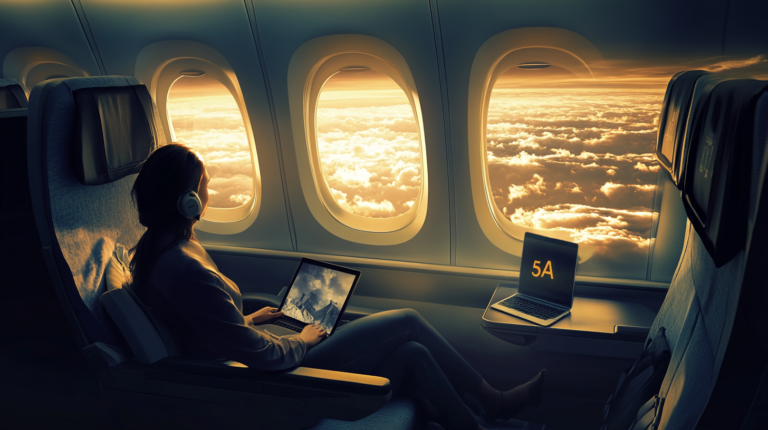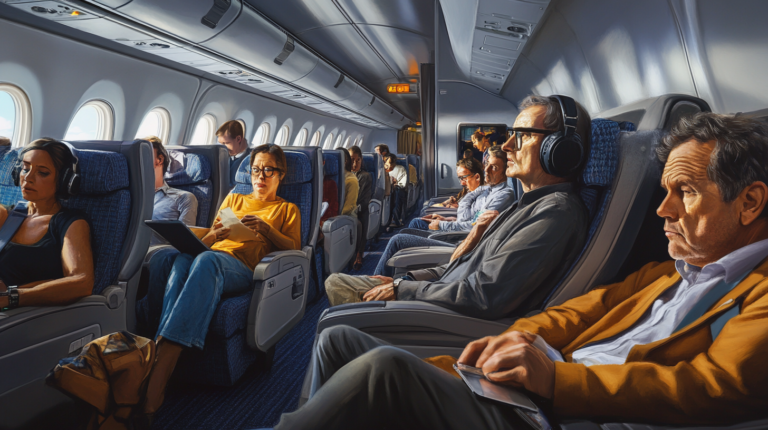Famous Historical Flights That Changed Aviation
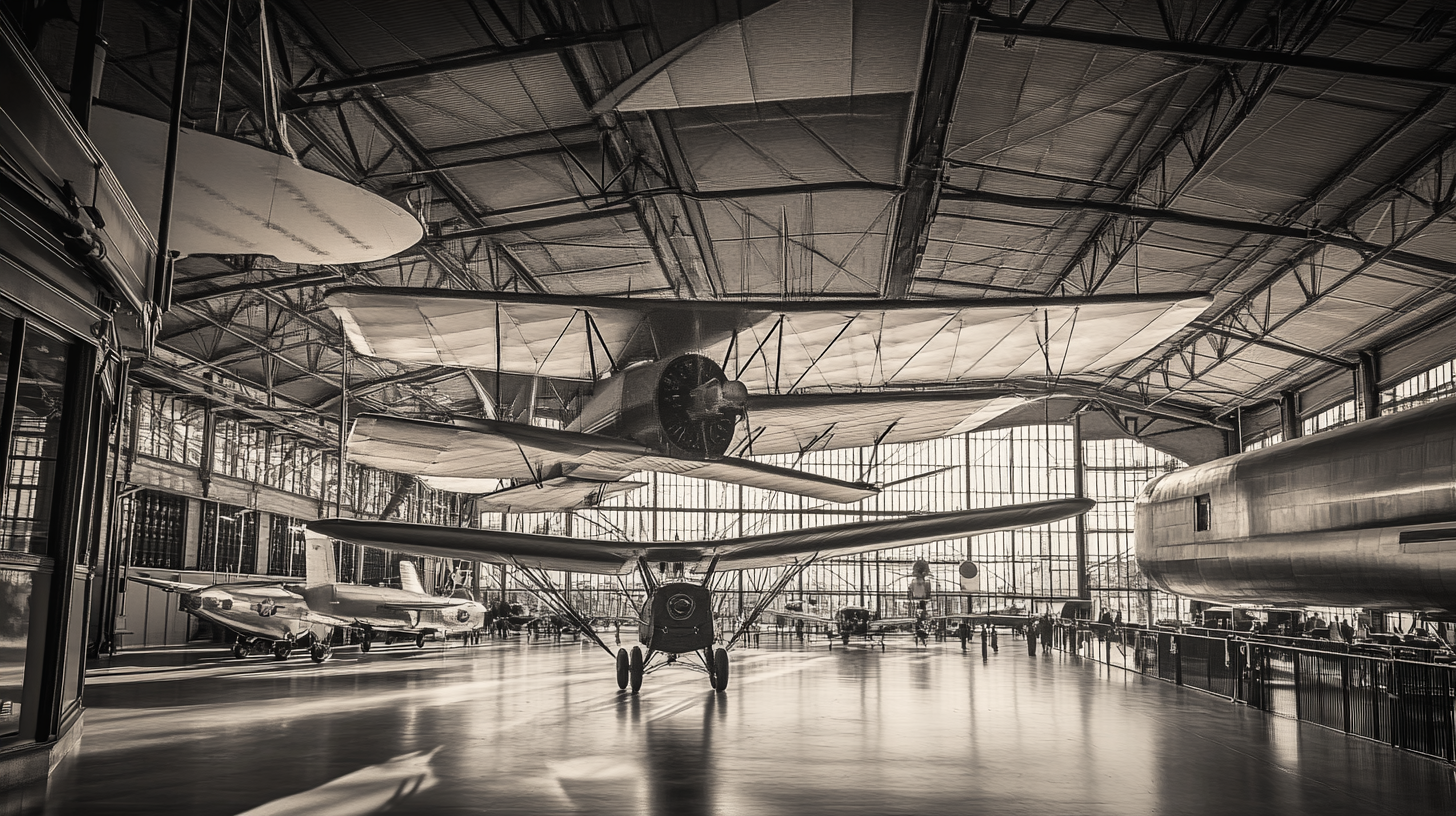
From the moment early civilizations gazed upon birds soaring effortlessly overhead, the dream of flight has captivated the human spirit. Myths like that of Icarus and Daedalus Mythologies Reflecting Early Aviation Aspirations reflect humanity’s deep-seated desire to conquer the skies. Over the centuries, inventors and pioneers transformed this aspiration into reality through relentless innovation and daring exploits. Each groundbreaking flight has not only advanced the field of aviation but has also left an indelible mark on history, influencing culture, economics, and even global politics. This comprehensive exploration delves into some of the most significant historical flights that have propelled humanity forward, forever altering the way people traverse the world.
The Dawn of Powered Flight: The Wright Brothers’ First Flight (1903)

The journey of aviation took a monumental leap forward on December 17, 1903, when Orville and Wilbur Wright achieved the first powered, controlled, and sustained flight with the Wright Flyer at Kitty Hawk, North Carolina. Battling strong winds and skepticism, their aircraft stayed aloft for 12 seconds and covered 120 feet on its maiden flight. This historic event marked the inception of modern aviation, demonstrating that human flight was not just a dream but a tangible reality. The Wright brothers’ relentless experimentation with wing design, propulsion, and control systems The Wright Brothers’ Innovations in Flight Control Systems laid the foundation for all future developments in aircraft design and technology. Their success ignited the imagination of inventors worldwide, ushering in an era where the sky was no longer the limit.
Crossing the English Channel: Louis Blériot’s Feat (1909)
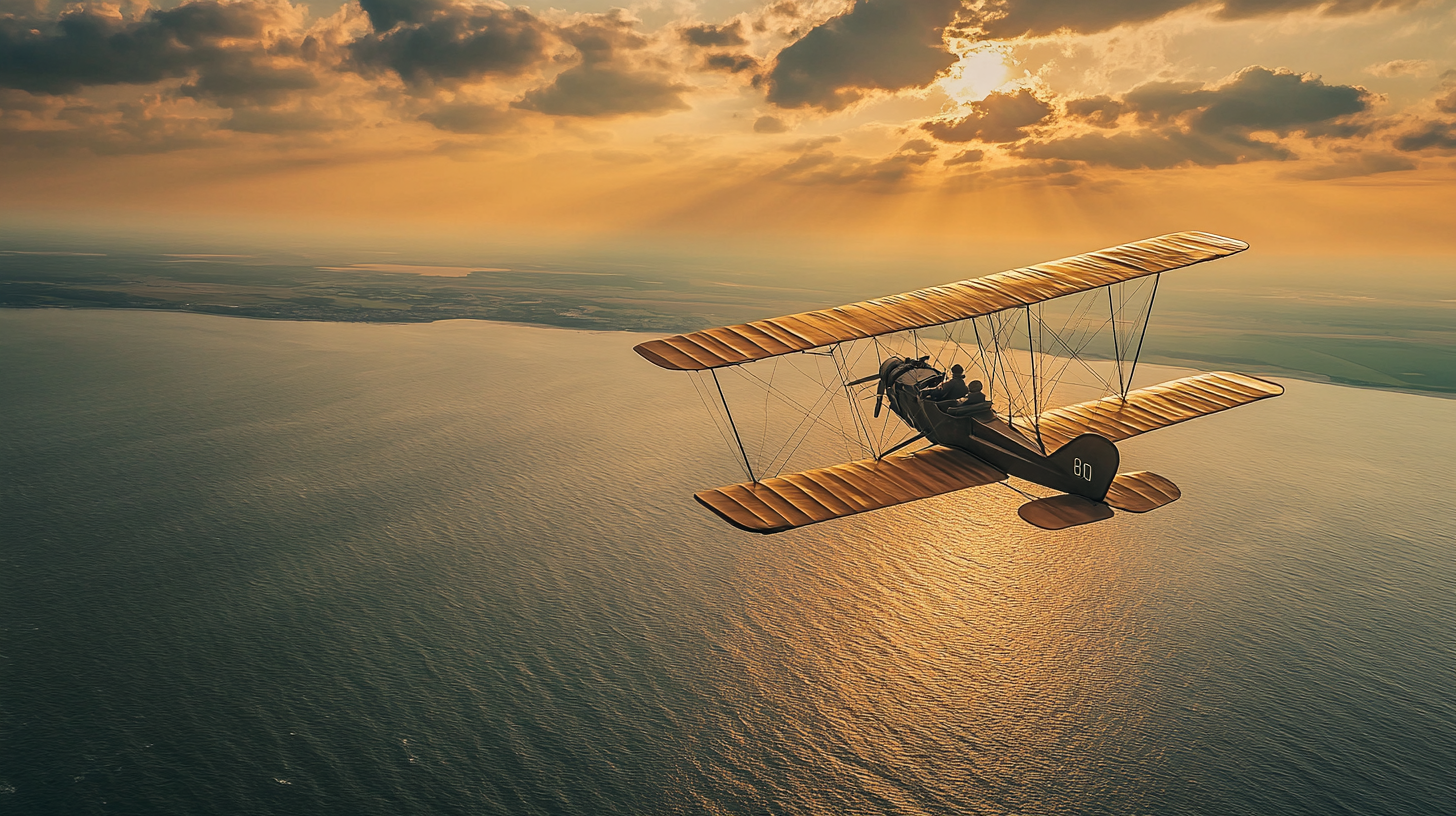
On July 25, 1909, French aviator Louis Blériot etched his name in history by becoming the first person to fly across the English Channel in a heavier-than-air aircraft, the Blériot XI. Despite adverse weather conditions and limited navigational aids, Blériot embarked on the 36.6-kilometer journey from Calais to Dover, soaring over the treacherous waters below. His daring flight, which lasted approximately 37 minutes, not only proved the potential of aviation for long-distance travel but also captured the world’s imagination Impact of Blériot’s Flight on International Aviation . Blériot’s achievement spurred interest and investment in aviation, heralding a new era of aerial exploration and competition among nations and inventors alike.
Transatlantic Triumph: Charles Lindbergh’s Solo Flight (1927)
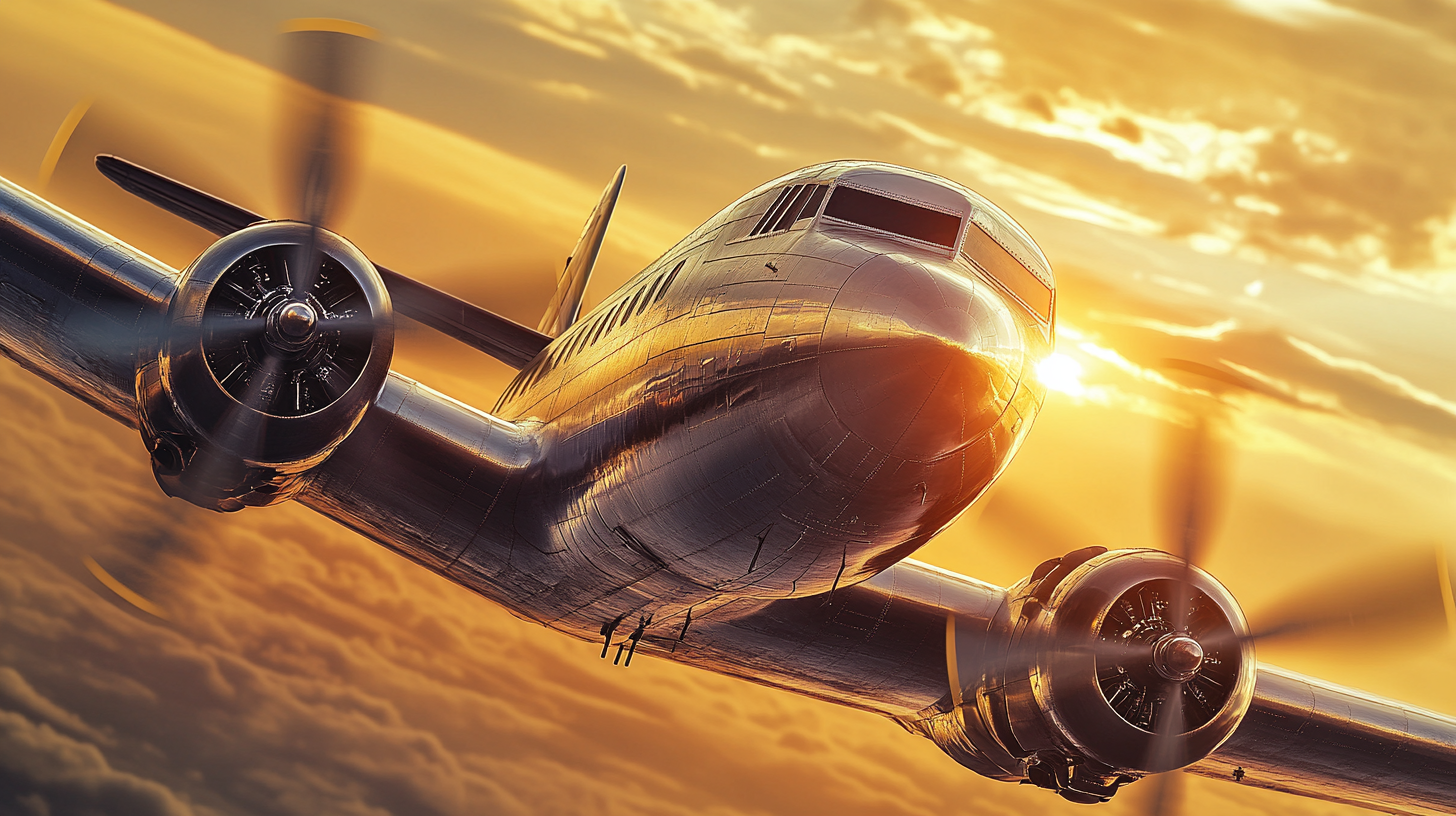
In a monumental display of endurance, courage, and skill, Charles Lindbergh captivated the world by completing the first solo nonstop transatlantic flight on May 21, 1927. Piloting the single-engine monoplane Spirit of St. Louis, Lindbergh embarked from Roosevelt Field in New York, braving exhaustion and navigating through fog, icing conditions, and sleep deprivation. After 33.5 grueling hours and covering approximately 3,600 miles, he touched down at Le Bourget Field in Paris to a hero’s welcome. This extraordinary feat not only showcased the viability of long-distance air travel but also significantly advanced the field of aviation by inspiring technological progress and global interest Charles Lindbergh’s Influence on Aviation Development . Lindbergh’s solo journey symbolized the dawn of a new era, proving that oceans were no longer insurmountable barriers.
Pioneering Women in Aviation: Amelia Earhart’s Atlantic Crossing
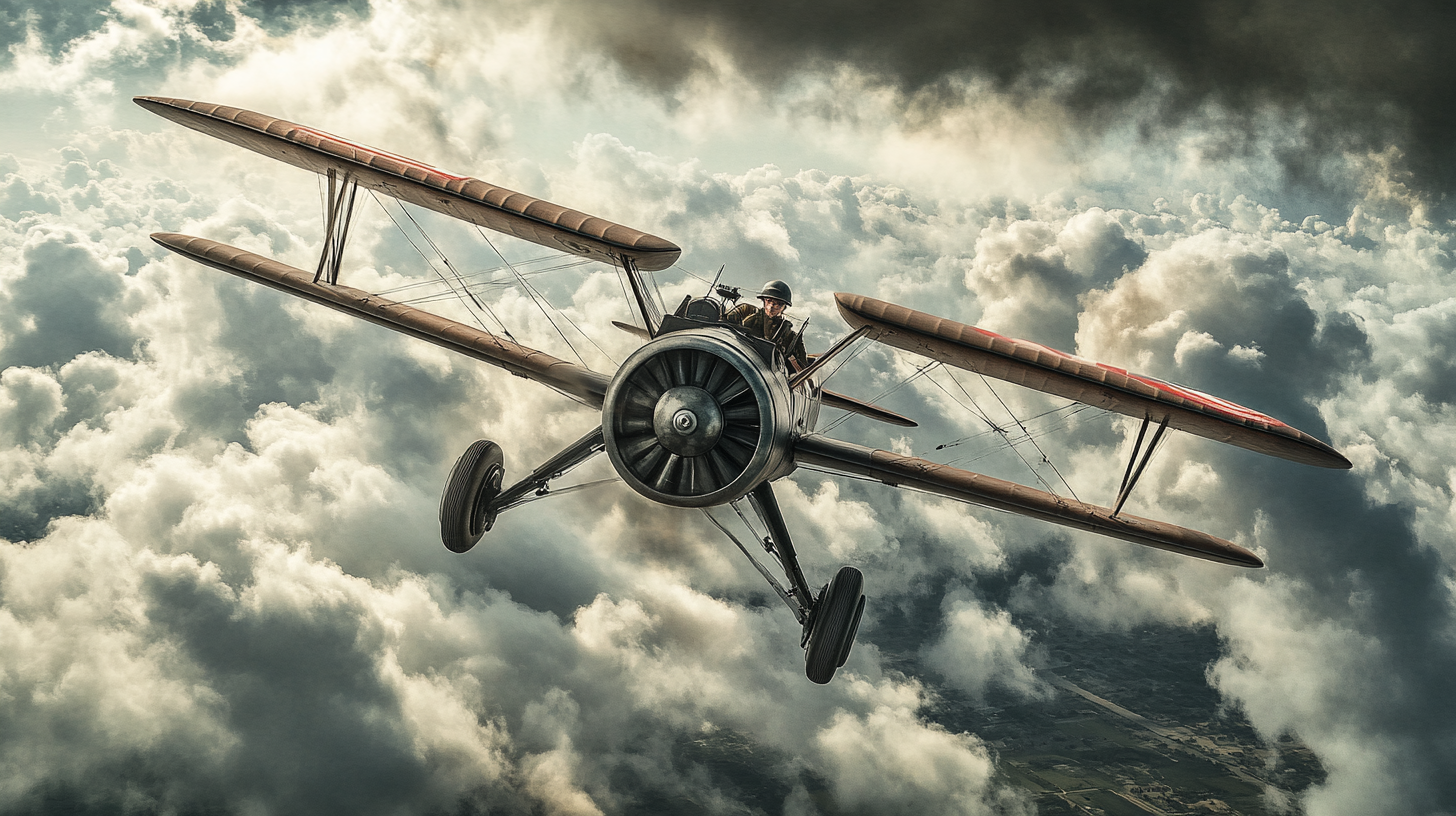
Amelia Earhart broke gender barriers and set new records with her aviation accomplishments. As the first woman to fly solo across the Atlantic Ocean, her daring flight not only proved her exceptional piloting skills but also challenged societal norms of the time. Facing treacherous weather and mechanical difficulties, Earhart’s courage and determination not only advanced aviation but also inspired generations of women to pursue careers in fields traditionally dominated by men Amelia Earhart’s Legacy in Women’s Aviation History . Her legacy continues to empower and influence the ongoing fight for gender equality in the aviation industry and beyond.
The Advent of Commercial Aviation: First Scheduled Air Service (1914)
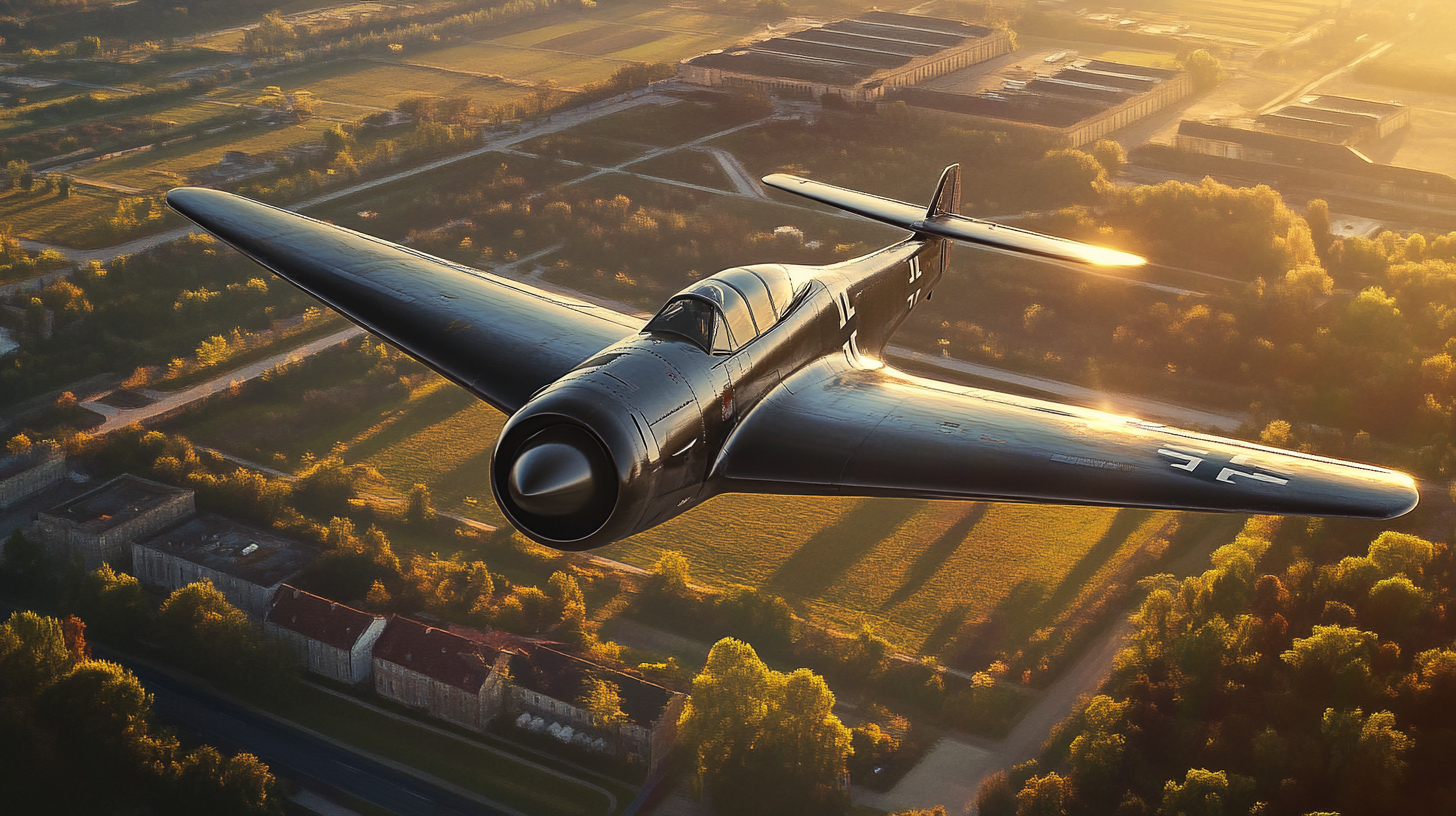
The commercial potential of aviation became undeniably evident with the initiation of the first scheduled air service on January 1, 1914. Operated by the St. Petersburg-Tampa Airboat Line, the inaugural flight connected St. Petersburg and Tampa, Florida, across Tampa Bay. Piloted by Tony Jannus in a Benoist XIV biplane, the 23-minute flight carried a single paying passenger, former St. Petersburg mayor Abram C. Pheil. This modest beginning marked the birth of commercial passenger aviation and demonstrated that air travel could be a practical means of transportation for the public Impact of the First Commercial Flight on Modern Aviation . This development revolutionized travel by making it faster and more accessible, setting the stage for the global airline industry we know today, where millions of passengers traverse the skies daily.
Revolutionizing Air Travel: The Douglas DC-3
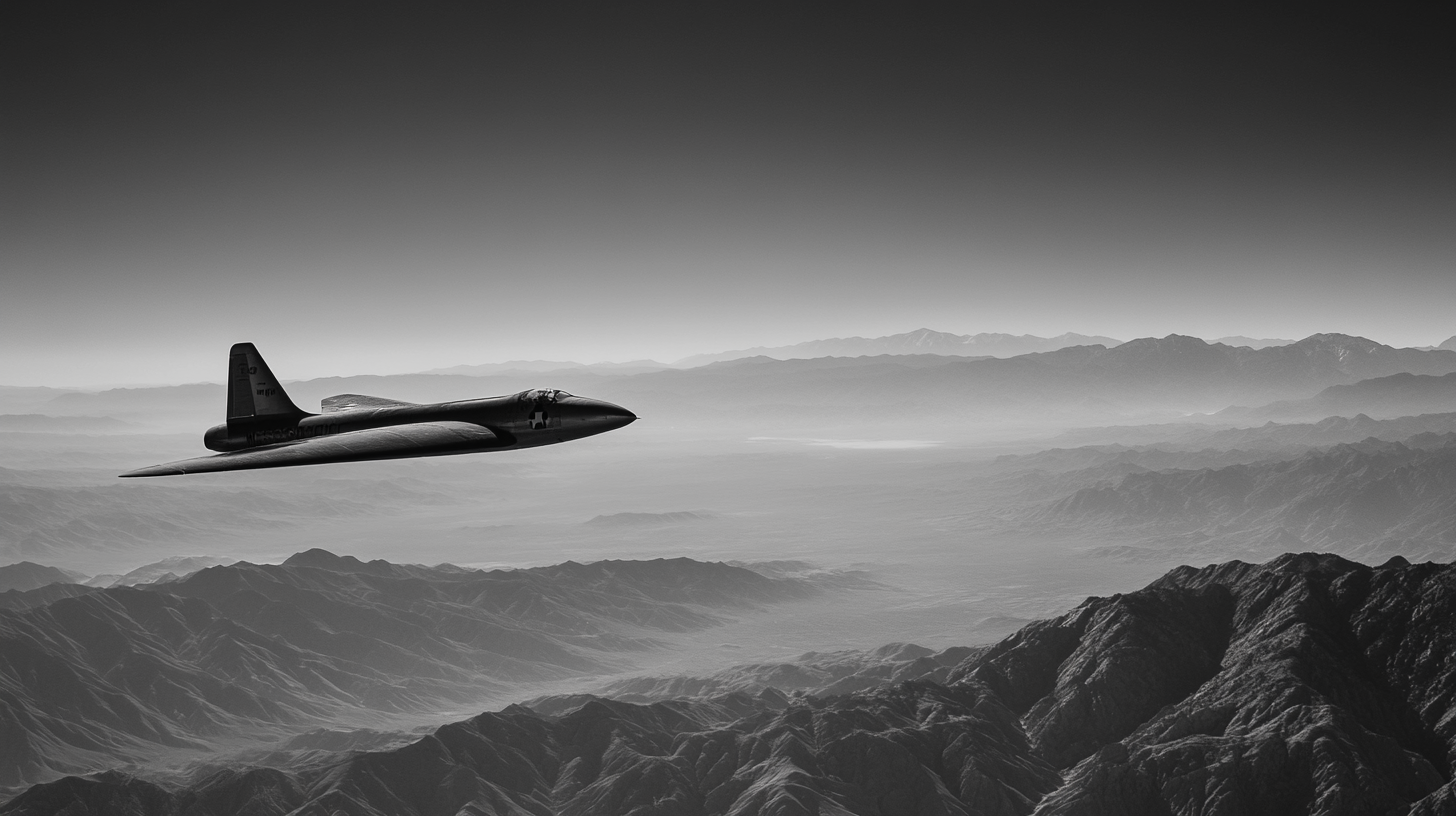
Introduced in the 1930s, the Douglas DC-3 revolutionized commercial aviation with its unparalleled reliability, speed, and profitability. Prior to its introduction, airlines often struggled financially and relied heavily on government mail contracts to sustain operations. The DC-3 changed this paradigm by making passenger air travel more efficient and comfortable, allowing airlines to operate profitably solely through ticket sales The Douglas DC-3’s Role in Making Air Travel Mainstream . With a cruising speed of around 200 mph and accommodations for up to 32 passengers, it set new standards for performance and comfort. The DC-3’s impact was so profound that it became a workhorse during World War II, serving as the military transport C-47 Skytrain, and continued to serve in various capacities for decades. Its widespread adoption helped establish the modern airline industry and cemented the DC-3’s legacy as one of the most significant aircraft in aviation history.
Innovation in Air Combat: World War I and Roland Garros
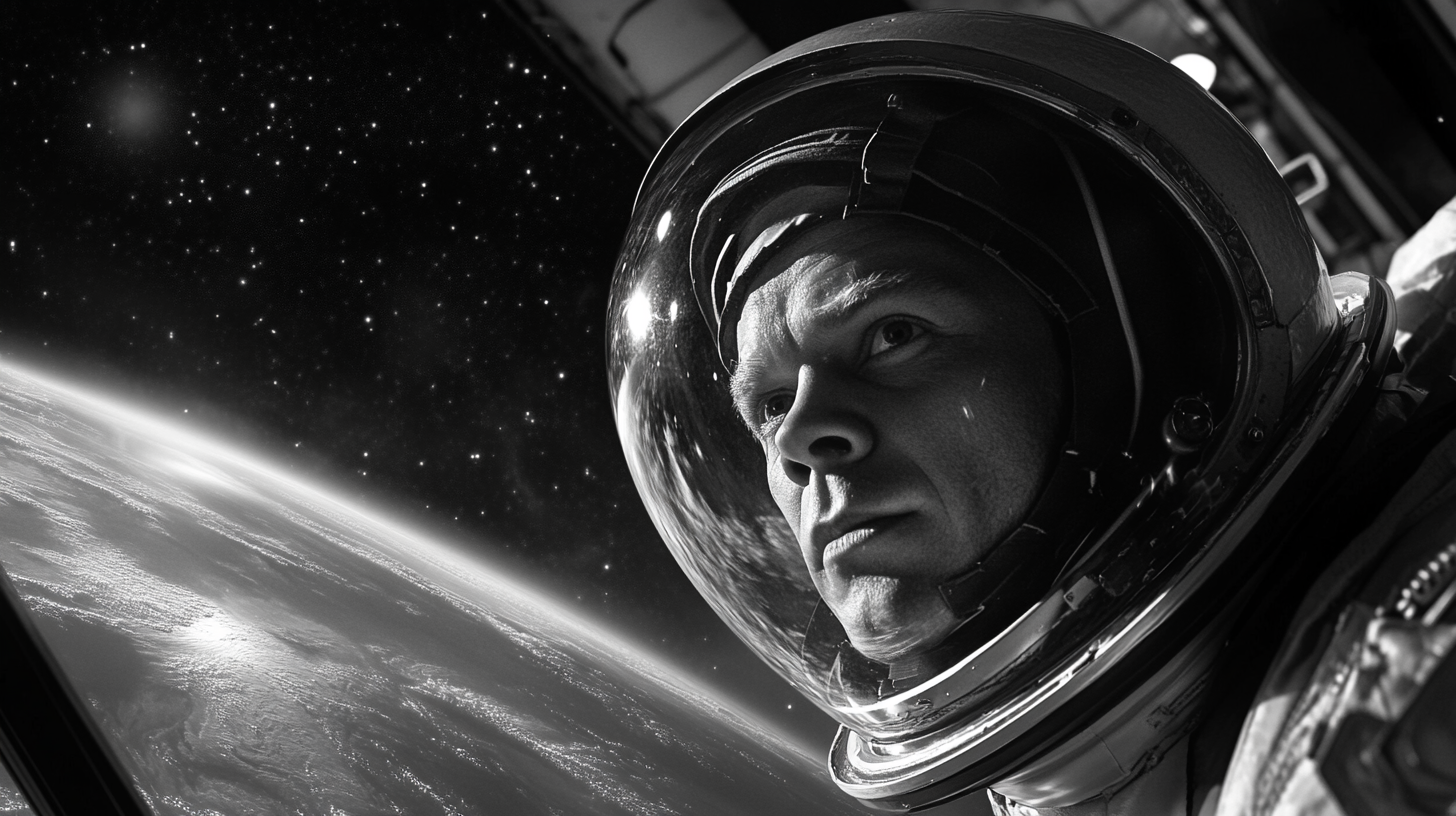
World War I was a pivotal period for aviation, transforming the airplane from a novel curiosity into a formidable instrument of war. Pioneers like French aviator Roland Garros were instrumental in this evolution. Garros adapted his aircraft to fire machine guns through the propeller arc by reinforcing the propeller blades with deflector wedges, allowing bullets to deflect off the blades without destroying them Roland Garros and the Birth of Air Combat . This innovation marked the advent of the fighter plane and revolutionized air combat tactics. These technological strides not only altered the nature of warfare but also established the airplane as a critical asset in military strategy, leading to an arms race in aircraft development and setting the stage for advanced aerial warfare in future conflicts.
The Jet Age Begins: The Messerschmitt Me 262
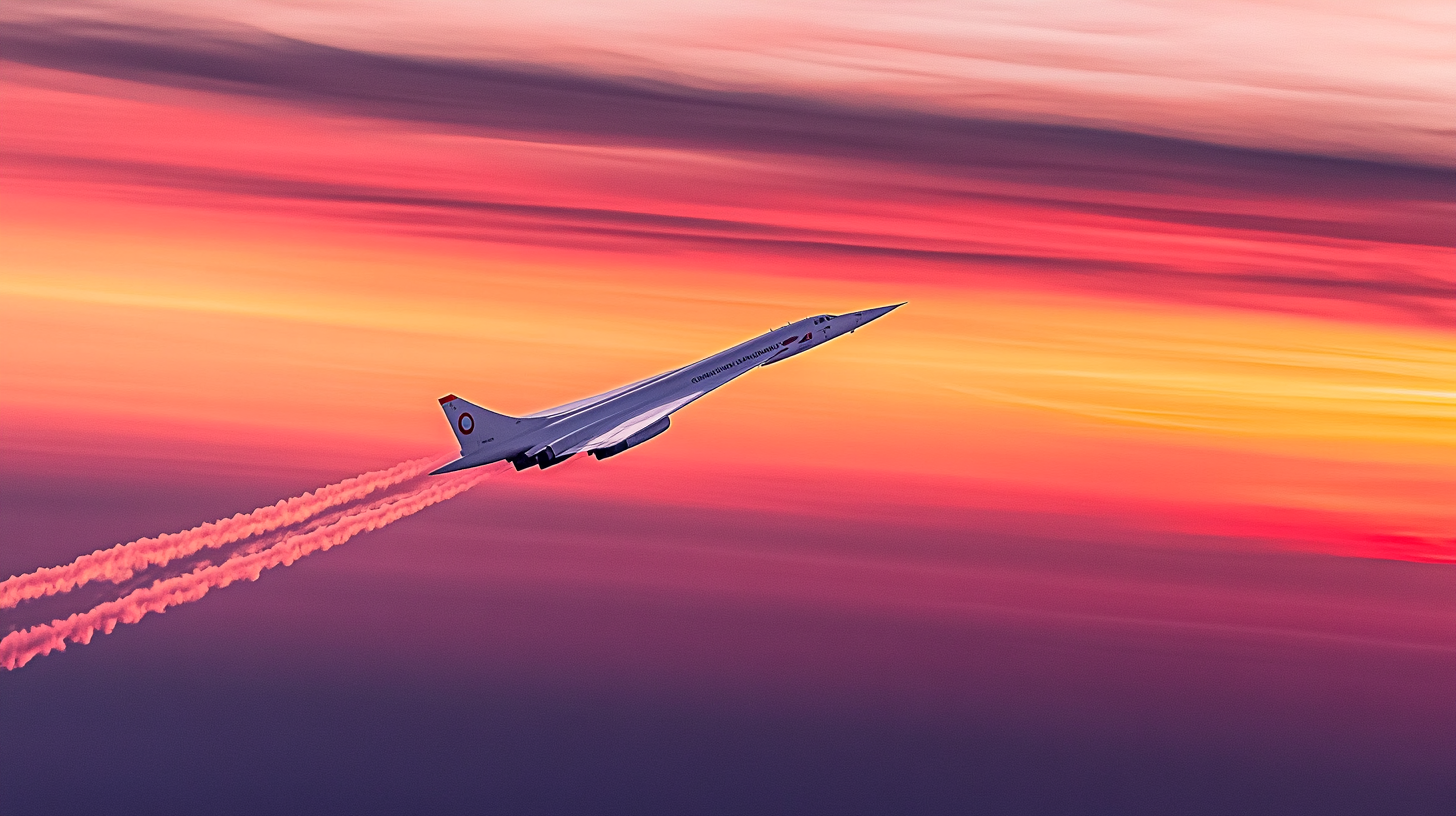
The introduction of the Messerschmitt Me 262 during World War II marked a significant turning point in aviation history—the advent of jet-powered flight. As the world’s first operational jet fighter, the Me 262 could reach speeds up to 540 mph, far surpassing the capabilities of contemporary propeller-driven aircraft. Its twin jet engines provided unparalleled speed and climb rates, giving German pilots a substantial advantage in the air The Impact of the Me 262 on Post-War Aviation Technology . Although introduced too late to alter the outcome of the war, the Me 262 showcased the potential of jet propulsion and revolutionized aerial combat tactics. This breakthrough paved the way for the development of modern jet aircraft, fundamentally transforming both military and commercial aviation in the subsequent decades.
Breaking the Sound Barrier: Chuck Yeager and the Bell X-1 (1947)

On October 14, 1947, test pilot Chuck Yeager etched his name into the annals of aviation history by becoming the first person to break the sound barrier in level flight. Piloting the rocket-powered Bell X-1, aptly named “Glamorous Glennis,” Yeager flew at an altitude of 45,000 feet and reached a speed of Mach 1.06. This landmark achievement was accomplished despite Yeager sustaining two broken ribs in a horseback riding accident days before the flight—a fact he concealed to proceed with the mission Chuck Yeager’s Historic Supersonic Flight and Its Legacy . Yeager’s success opened the door to supersonic flight, leading to advancements in high-speed aircraft design, materials science, and aerodynamics. It set the stage for future aerospace exploration, including the development of supersonic jets and space vehicles capable of withstanding extreme speeds and atmospheric conditions.
Tragedy Prompting Change: The Hindenburg Disaster (1937)
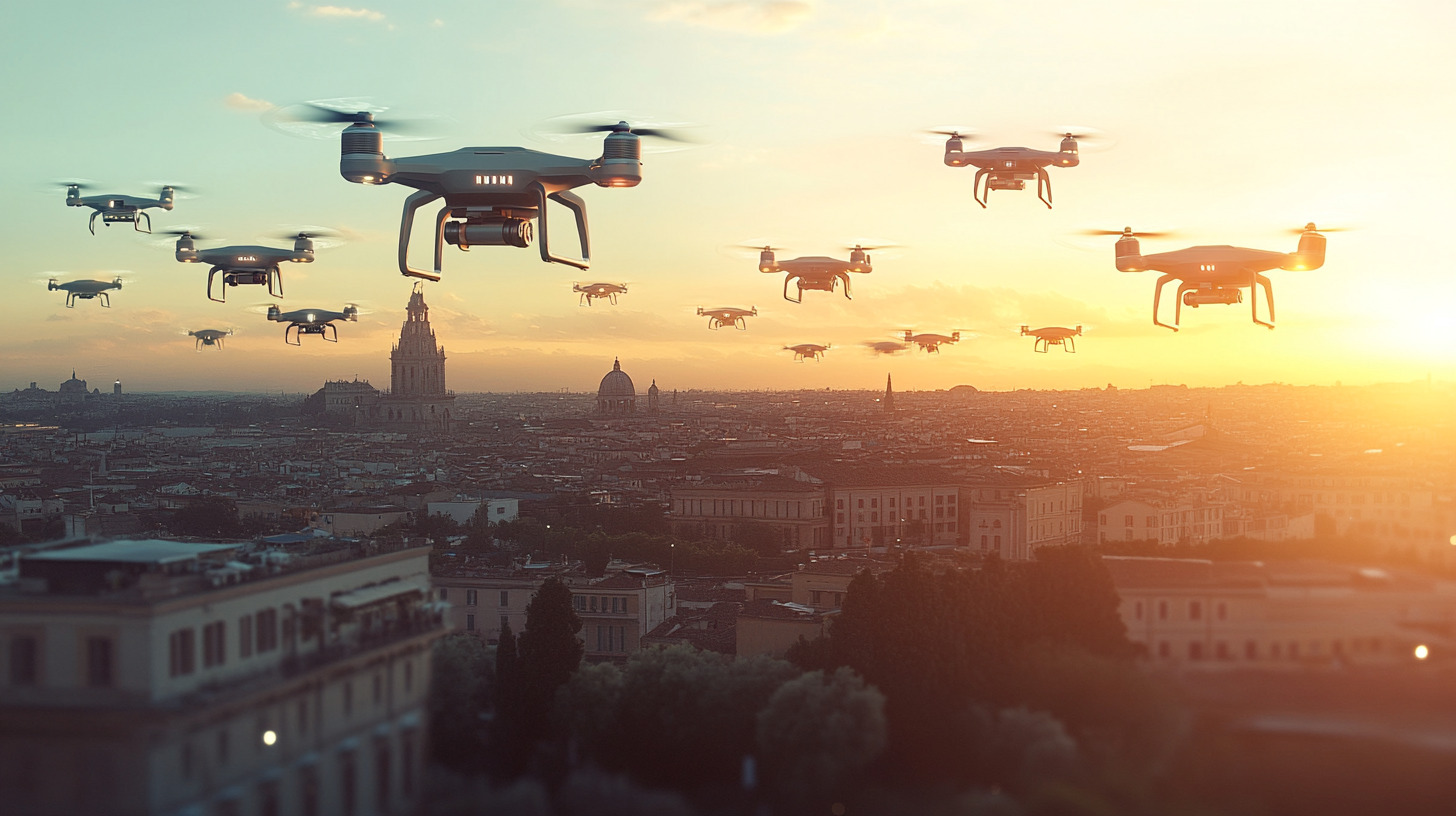
The catastrophic explosion of the German airship Hindenburg on May 6, 1937, marked a somber end to the romantic era of airship travel. As the Hindenburg attempted to dock at Naval Air Station Lakehurst in New Jersey, it burst into flames, resulting in 36 deaths and searing images that shocked the world. This tragedy highlighted the inherent dangers of hydrogen-filled dirigibles and led to an immediate shift toward helium use and stricter safety regulations The Hindenburg Disaster’s Impact on Aviation Safety Standards . Similarly, the 1956 Grand Canyon collision between two commercial airliners, which resulted in 128 fatalities, underscored the need for improved aviation safety. This incident prompted the introduction of significant aviation safety regulations and catalyzed the development of modern air traffic control systems, radar technology, and the Federal Aviation Administration (FAA). These tragedies, while devastating, served as catalysts for change, significantly enhancing the safety and reliability of air travel.
The Berlin Airlift: A Humanitarian Effort (1948-1949)
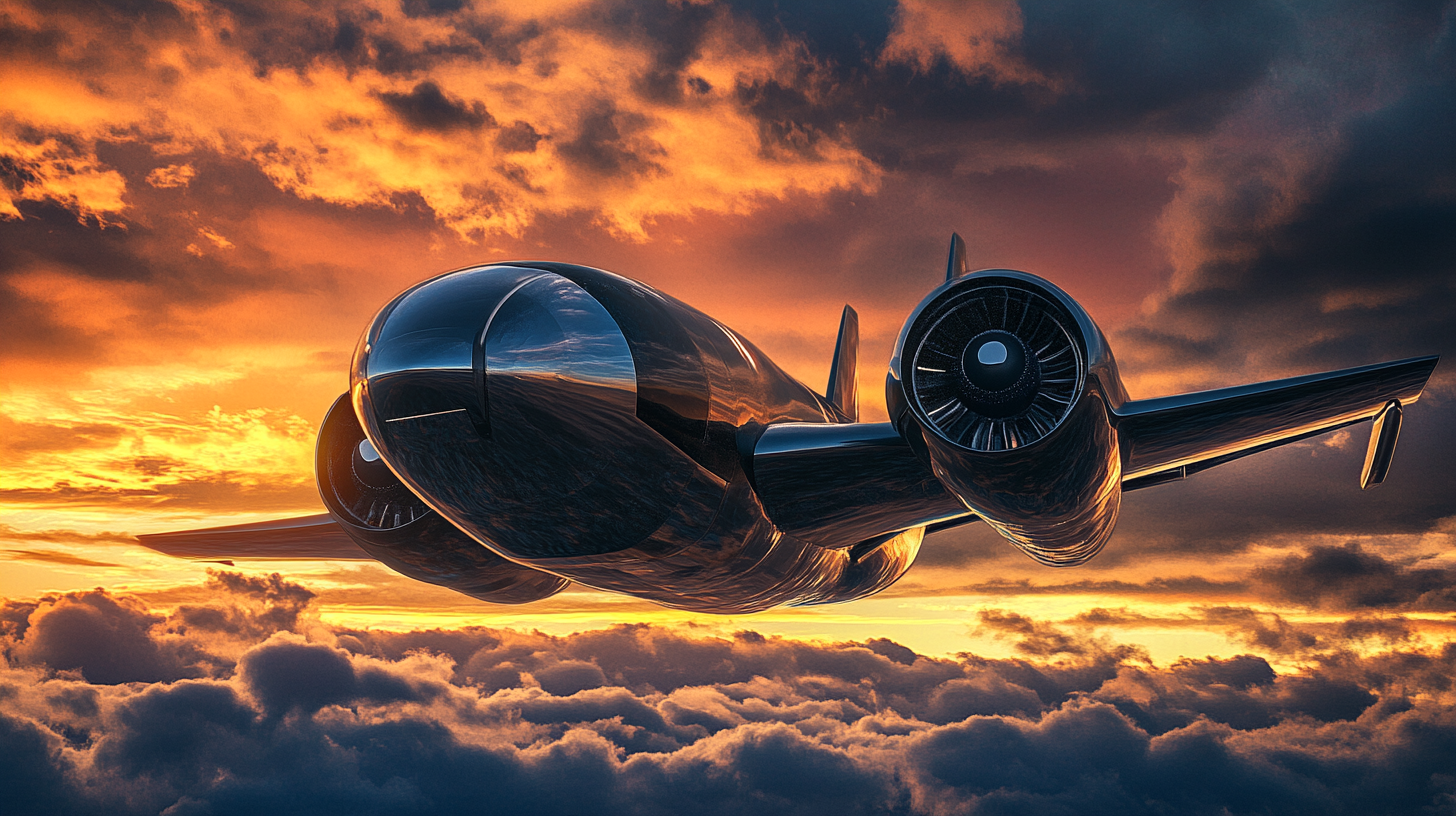
In the aftermath of World War II, the geopolitical tensions of the Cold War led to the Soviet blockade of West Berlin in June 1948, cutting off all ground routes for essential supplies. In response, the Western Allies orchestrated the Berlin Airlift, a monumental humanitarian effort that lasted until September 1949. Over 200,000 flights were conducted, delivering more than 2.3 million tons of food, fuel, and other vital supplies to the isolated city’s residents The Strategic Significance of the Berlin Airlift in Cold War History . Pilots faced hazardous conditions, tight schedules, and the constant threat of Soviet interference. The operation not only saved the city from starvation but also demonstrated the strategic importance and logistical capabilities of air transportation. It solidified aviation’s role in military and humanitarian efforts, showcasing how airpower could be leveraged to overcome blockades and support populations in need, thereby influencing global affairs significantly.
Reaching for the Stars: Yuri Gagarin’s Orbit (1961)
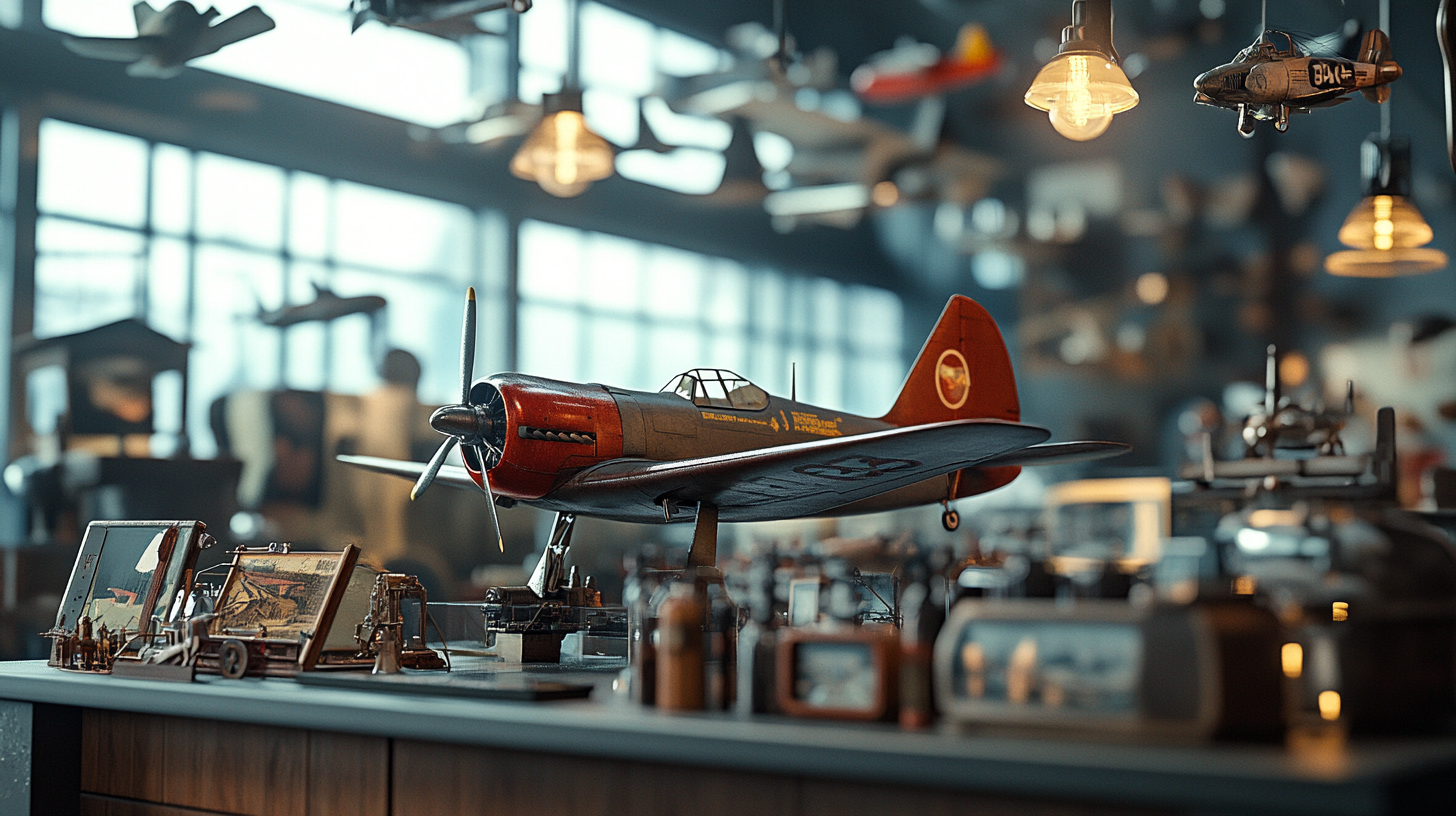
On April 12, 1961, Soviet cosmonaut Yuri Gagarin made history by becoming the first human to journey into outer space and orbit the Earth aboard the Vostok 1 spacecraft. This monumental achievement, completed in a single orbit lasting 108 minutes, not only represented a significant milestone in aviation and space exploration but also intensified the space race between the Soviet Union and the United States during the height of the Cold War Yuri Gagarin’s Historic Flight and Its Impact on Space Exploration . Gagarin’s successful mission demonstrated the feasibility of human spaceflight, paving the way for future exploration of the Moon, planets, and beyond. His journey showcased the limitless possibilities of aerospace technology and inspired generations to look toward the stars in the quest for knowledge and advancement.
The Supersonic Era: The Concorde
The introduction of the Concorde in 1976 heralded a new era in commercial aviation by bringing supersonic passenger travel to the public. A joint venture between British and French aerospace companies, the Concorde could cruise at speeds exceeding Mach 2 (over twice the speed of sound), cutting transatlantic flight times between New York and London or Paris to just under three and a half hours The Concorde’s Influence on Supersonic Air Travel . Its sleek delta-wing design and technological advancements embodied the pinnacle of speed and luxury. Despite its relatively short operational life, high operational costs, and environmental concerns over sonic booms and fuel consumption, the Concorde remains an icon of aviation innovation. It represented humanity’s relentless pursuit to push the boundaries of speed and efficiency in air travel.
The Jumbo Jet Revolution: Boeing 747 and Airbus A380
The introduction of the Boeing 747 in 1970 marked a significant leap in commercial aviation, revolutionizing air travel with its unprecedented size and range. Dubbed the “Queen of the Skies,” the 747 was the first wide-body “jumbo jet” capable of carrying over 400 passengers, thereby reducing the cost per seat and making international travel more accessible to the masses The Evolution and Impact of Jumbo Jets in Aviation . Its distinctive hump and upper deck lounge became symbols of luxury and innovation. Decades later, the Airbus A380 continued this legacy as the world’s largest passenger airliner, introduced in 2007. With a capacity of up to 853 passengers, the A380 pushed the boundaries of size, comfort, and efficiency in modern aviation. Both aircraft symbolize engineering excellence and have played significant roles in shaping the airline industry by accommodating growing passenger numbers and redefining long-haul travel.
Advancements in Military Aviation: The F-117 Nighthawk
Entering service in 1983, the F-117 Nighthawk represented a quantum leap in military aviation as the world’s first operational stealth aircraft. Utilizing groundbreaking stealth technology that involved radar-absorbent materials and an angular design to deflect radar signals, the F-117 could evade detection and penetrate heavily defended airspace with relative impunity The Pioneering Stealth Technology of the F-117 Nighthawk . Its capabilities revolutionized aerial combat strategies and led to successful missions during conflicts such as the Gulf War. The development of the F-117 marked a significant technological advancement, influencing the design of future military aircraft and prompting other nations to invest in stealth technology. It underscored the importance of technological superiority in modern warfare.
Pushing the Boundaries: The SR-71 Blackbird
The SR-71 Blackbird, introduced in the 1960s, remains an extraordinary feat of aerospace engineering, recognized as one of the fastest and highest-flying operational manned aircraft ever built. Designed for strategic reconnaissance during the Cold War, the Blackbird could cruise comfortably at speeds over Mach 3 and at altitudes above 85,000 feet, effectively outrunning threats rather than engaging them The Engineering Marvels of the SR-71 Blackbird . Its performance required the development of advanced materials like titanium alloys to withstand extreme temperatures caused by air friction at high speeds. The SR-71’s technological innovations in aerodynamics, propulsion, and materials science have left a lasting legacy on aerospace engineering, influencing the design of future high-speed aircraft and spacecraft.
The Age of Autonomous Flight: Drones and Beyond
Recent advancements in unmanned aerial vehicles (UAVs), commonly known as drones, have significantly expanded the possibilities of autonomous flight. Initially developed for military surveillance and reconnaissance, drones have evolved to serve a myriad of purposes across various industries The Rising Influence of Drones in Modern Aviation . In the military sphere, they offer capabilities in targeted strikes and intelligence gathering without risking pilot lives. Commercially, companies are exploring drone deliveries for goods, medical supplies, and even humanitarian aid in hard-to-reach areas. In agriculture, drones assist in crop monitoring and management, while in filmmaking and journalism, they capture aerial footage once costly or impossible to obtain. Recreational use has also skyrocketed, with hobbyists embracing drone technology. Drones represent a significant shift in aviation technology, highlighting the potential for autonomous systems and artificial intelligence in the future of flight. They exemplify the dynamic and evolving nature of aviation in the 21st century.
Looking Forward: The Future of Aviation
As we stand on the brink of new frontiers, aviation continues to evolve rapidly with a focus on sustainability, efficiency, and space exploration. Innovations such as electric and hybrid-electric aircraft aim to reduce carbon emissions and reliance on fossil fuels Emerging Technologies Shaping the Future of Aviation . The use of lightweight composite materials enhances aircraft performance and fuel efficiency. Furthermore, companies are exploring the potential for commercial opportunities in low-Earth orbit and suborbital flights, bringing the concept of space tourism closer to reality. Concepts like urban air mobility envision a future where personal air vehicles and air taxis alleviate ground traffic congestion. The legacy of the flights and aircraft mentioned serves as a foundation for these future breakthroughs, inspiring new generations to push the boundaries of what’s possible. These advancements will undoubtedly change the way we perceive air and space travel, proving that the sky is no longer the limit.
Final Thoughts
The history of aviation is a testament to human ingenuity, courage, and the relentless pursuit of progress. From the Wright brothers’ first powered flight that lasted mere seconds to modern aircraft capable of circumnavigating the globe, each milestone has propelled us forward. These famous historical flights have not only transformed aviation but have also connected the world in unprecedented ways, bridging distances and cultures, and shaping the course of history. They have inspired innovation across industries and driven achievements that once seemed impossible The Ongoing Influence of Historic Flights on Modern Innovation .
As we reflect on these significant events, we recognize that each flight was more than just a journey through the skies—it was a step towards unifying humanity through innovation, exploration, and the boundless possibilities of flight. The spirit that drove these pioneers continues to inspire future generations to reach new heights, reminding us that the sky is not the limit—it’s only the beginning. Follow us back to Seat 5A for more insights and stories that celebrate the wonders of aviation.



